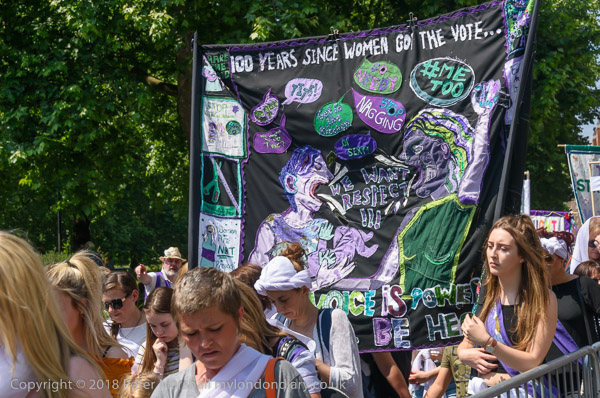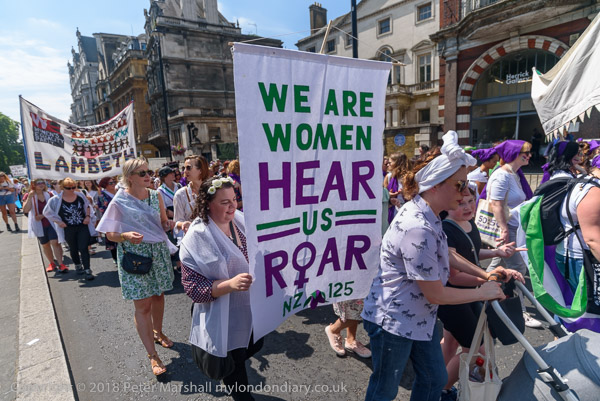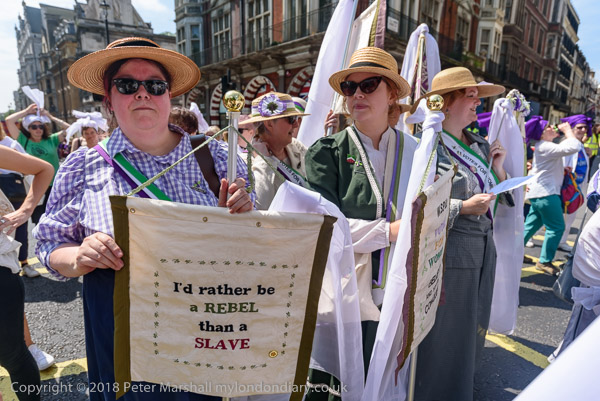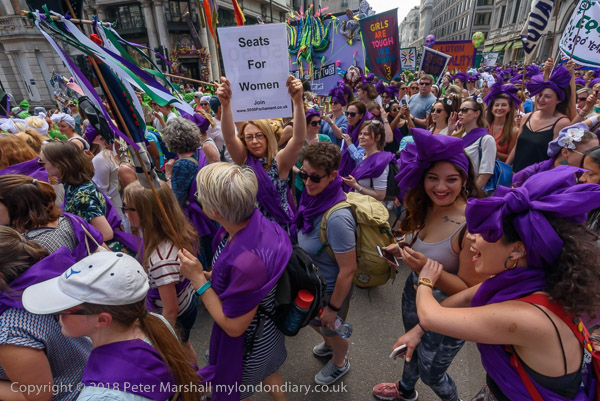
Women ratepayers had been able to vote in local elections since 1869, and the UK Representation of the People Act 1918 gave the vote in parliamentary elections to around 8.4 million women in the UK, though they had to be over 30 and have some property. Later that year another act gave women the right to be elected to Parliament.

But many women were still unable to vote. My old French teacher back in the late 1950s used occasionally to remind the class “They gave women the vote in 1928, and ever since the country has been going to the dogs”, and he was at least right about the date, because it was only in 1928 that all women over 21 gained the right to vote in exactly the same way as men.

So while many celebrated the centenary of women getting the vote this year, it was some ten years premature. An important step in the right of women to vote, but not the final one, though most of those unable to vote after 1918 would have been working class women, and relatively few working class women were taking much of a role in this year’s celebrations.

The same 1918 act gave my father, then serving in the Royal Airforce (though I don’t think his feet ever left the ground) a vote, but my mother had to wait another ten years before she was eligible. Despite our origins she was a staunch Conservative supporter, always putting up a poster for them in our front room window. My parents never talked about politics, but I’m convinced he cancelled her out by voting Labour and I think was influenced by the ideas of William Morris who died three years before he was born.

Those taking part in the protest were given purple, white and green scarves to make up three strands of a huge procession in the suffragette colours through London, though this will only really have been truly visible to those photographers in helicopters or illegally flying drones. I’m sure there will have been some, though I’ve not seen the pictures.

I went to Marble Arch which the details posted on-line about the protest had given as a starting point, only to find the march was really starting from Hyde Park Corner, which was mildly annoying, and meant I had to run down Park Lane, still managing to just miss the start. I went a little way down Piccadilly and photographed the three streams, purple and white on one carriageway and green on the other, coming along, moving forward slowly to Piccadilly Circus, where I stayed until the end of the march had passed. I had to leave the protest there as another event I wanted to cover was taking place in Mayfair.
______________________________________________________
There are no adverts on this site and it receives no sponsorship, and I like to keep it that way. But it does take a considerable amount of my time and thought, and if you enjoy reading it, a small donation – perhaps the cost of a beer – would be appreciated.
My London Diary : London Photos : Hull : River Lea/Lee Valley : London’s Industrial Heritage
All photographs on this and my other sites, unless otherwise stated, are taken by and copyright of Peter Marshall, and are available for reproduction or can be bought as prints.
To order prints or reproduce images
________________________________________________________